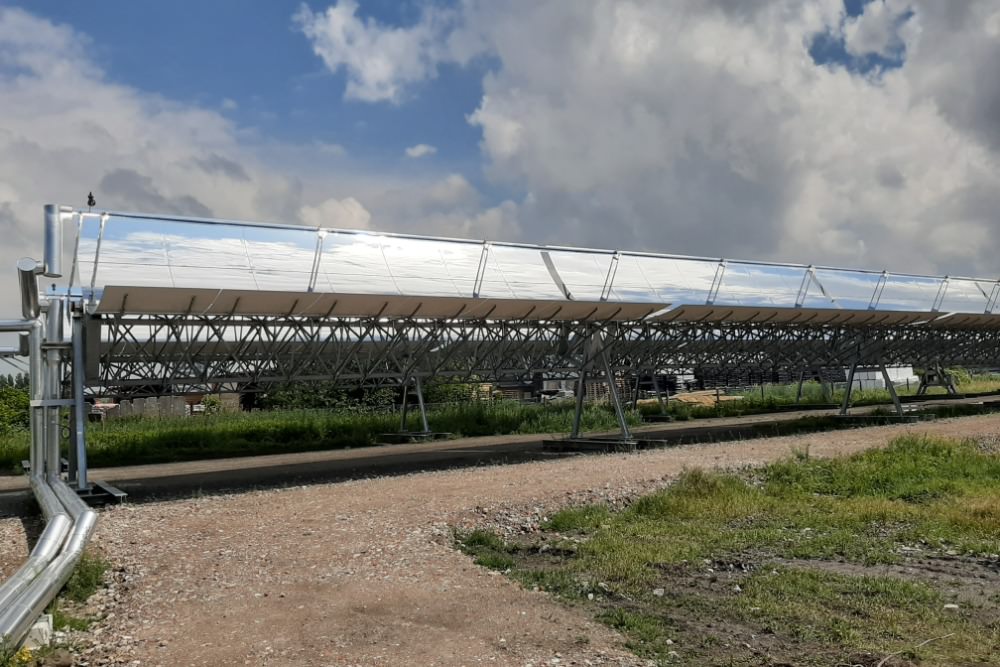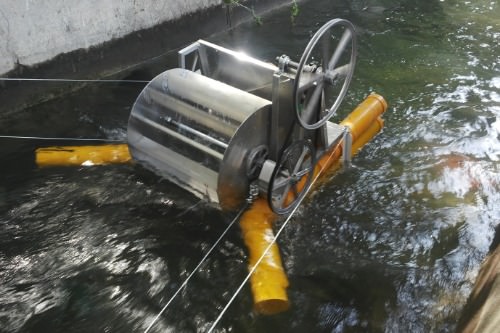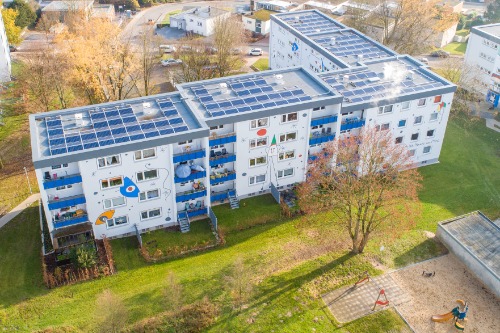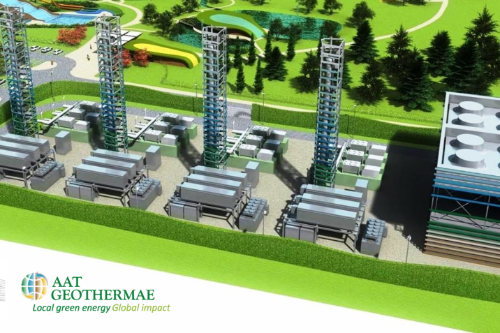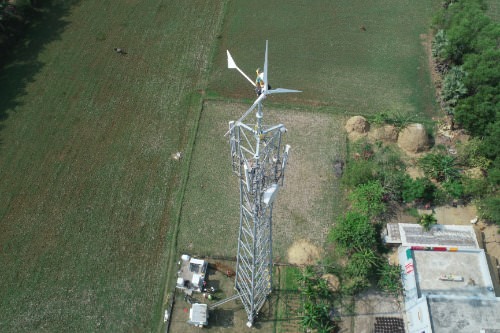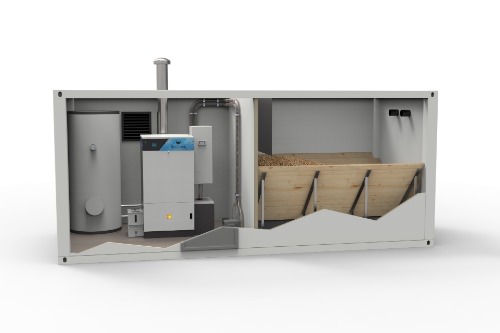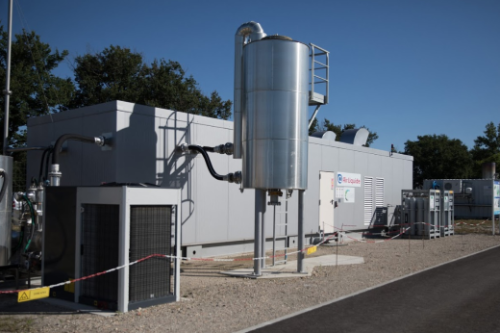News - June 7, 2021
Exploring the Energy Transition


Written by Expert: Philip Kyeremanteng 5 min read
Philip Kyeremanteng is an Environmental Scientist at Canal and River Trust (Former British Waterways) and he is also Managing Partner at Renephil Environmental Services. He has been with Solar Impulse Foundation since February 2019.
Fossil fuels have dominated the energy mix of both developed and developing countries since the industrial revolution. Fuel price instability, increasing costs, climate change, as well as efforts to reduce pollution, have led to an unprecedented investment in renewable energy sources in recent times globally. Fossil fuels are a major contributor to the surge in carbon dioxide emissions in the atmosphere, as well as causing air pollution that causes the death of significant number of people every year.
It is not too late to mitigate some of the significant impacts of climate change. It will need many interventions, primarily expansion and investment in clean technologies and local actions at the city and regional level; for example, upgrading public transport, improvements in energy efficiency, and sustainable city planning. In this article the focus is on the fastest growing renewable energies as one of the interventions in fighting climate change.
At the Canal and River Trust (formerly British Waterways), where I am part of a team of Environmental Scientists, we promote the use of clean technologies to advance sustainability and solve environmental problems. On the global stage, through Solar Impulse Foundation, I have assessed over 40 clean and profitable solutions that reduce carbon dioxide emissions into the atmosphere. Notable solutions include Carbon Forest +, Urban Vegetation Monitoring, and Urban Canopee.
Renewable energy comes from sources that can be regenerated or naturally replenished. By 2035, renewables are expected to account for more than half of global electricity production. We often hear about the fast growth of renewable energy technologies in media reports, but how much accurate information do we have on growth of renewables around the world? What technologies look promising in the transformation of the energy mix?
Hydropower
Hydropower is the most extensively used form of renewable energy, producing 1295 GW of energy globally. This is equal to 54% of the global renewable power generation capacity. China has the biggest hydroelectricity generation in the world and generates around 15% of its energy from hydropower (122.5 GW from the three Gorges Dam alone). Big investments made in hydropower have helped to reduce China’s dependency on coal in recent decades. Examples of hydropower technologies that have received the Solar Impulse Efficient Solution Label include the Fish Friendly Free Flow Turbine, an innovative turbine system that generates, clean, renewable hydropower at high efficiency whilst protecting fish; and the Floating Drum Turbine, an innovative means of producing clean energy from small-scale hydro.

Wind Energy
Wind energy is the second most used renewable sources in the world, generating 563 GW and coming in at 24% of the world’s renewable energy generation capacity. The UK is the 6th biggest producer in the world, producing 13603 MW. Offshore wind farms are constructed in bodies of water, and power the equivalent of 4.5 million homes in the UK alone. Onshore wind farms, whilst important, delivered only around 10% of UK energy in 2020. Examples of wind energy technologies that have received the Solar Impulse Efficient Solution Label include:
The Haliade-X wind turbine, a 12 MW capacity wind turbine, solving the challenge of high clean electricity costs with a larger wind turbine that requires less installation on a single wind turbine for the same wind farm total capacity
Wind Tulips - Small wind turbines combining efficiency, low noise, synergistic clustering, bird friendliness, and artistry. This technology uses innovative aerodynamics and design to make small wind turbines that can be used near people and buildings.
Wind Turbine for Telecom Towers - A solution for existing telecom towers structures using wind-solar integrated hybrid energy to reduce operational expenses.
Solar energy
Solar power operates by converting light from the sun into energy. The UK is installing solar panels faster than any other European nation. The largest solar power plant in the world – the Noor Abu Dhabi project in UAE - produces 117 GW, supplying electricity to 90,000 people. This will help to reduce the country’s carbon footprint by 1 million metric tonnes per year. Examples of Solar energy technologies that have received Solar Impulse Foundation label include the Concentrated Solar Thermal Solution, an innovative solution for producing green heat for industries and cities; CONTAINWATT, a mobile renewable energy generator and storage system, creating an autonomous convertible shelter; and Solarimo, a solution for real estate which plans, realizes, and operates solar solutions and sells the electricity to the tenants.
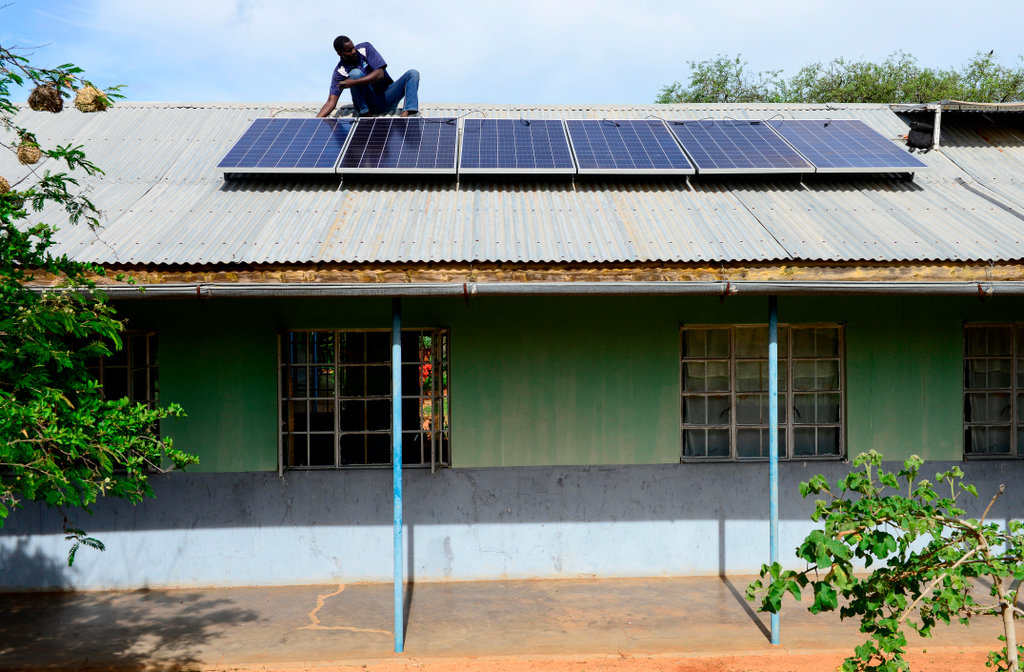
Bio-power
Modern biomass comprises of biofuels and wood pellets and agricultural by-products. The products (fuel) are burnt to create steam, which powers a turbine that generates energy. The UK, China, and India reported more than half of the world’s total bioenergy size expansion in 2018. Examples of bio-power technologies that have received the Solar Impulse Foundation label include a solution transforming biomass into biomethane and bio-fertilizers; and BCH biomass condensing boilers, ultra-efficient biomass condensing boilers which can cut energy costs and emissions in many sectors.
Geothermal
Geothermal energy is generated and stored in the earth. In 2018, global geothermal energy production surpassed 13.2 GW. Iceland is one of the world’s biggest producers of geothermal electricity, producing 26.5% of the country’s electricity and 87% of their housing and building needs from natural hot water sourced underground. Examples of geothermal energy technologies that have received the Solar Impulse Foundation label include the Geothermal heat and power plant, which provides cheap heat and power for municipalities generated from local sources; and GeoTerre Geothermic Wall, a compact, low cost geothermal surface heat exchanger to cool buildings with low CO2 emissions.

The path ahead
Accelerating these renewable energy technologies for all raises intricate and significant technical, social, political, economic, legal, and ethical challenges that must all be addressed to drive sustainable growth and development. For example, fossil fuels are more dependable, capable of meeting suppliers demand and flexible than intermittent renewables that depends on weather conditions. These challenges must be addressed for renewables to compete economically with fossil fuel-based systems.
Furthermore, according to a recent report by the International Energy Agency (IEA), reaching net-zero emissions will require an unparalleled transformation of how energy is produced, transported, and used worldwide. The report outlines several strategies to pursue to achieve this transition:
From today, halt all investment in new fossil fuel supply projects and make no further final investment decisions for new unabated coal plants
By 2035, sell no new internal combustion engine passenger cars
By 2040, achieve net-zero emissions in the global electricity sector
The most important element to consider in transition to a net-zero energy system by 2050 while ensuring stable and affordable energy supplies, is an unprecedented investment in clean technologies to address some of the economical and technological challenges of renewables. Furthermore, the energy transition decision-making process should include many players such as policy makers, investors, scientists, NGOs, and engineers who will consider the legacy system, opportunities, evaluate barriers and make trade-offs.
Energy systems constantly change and develop over time, and the energy systems of today are the outcome of many years of development. The work for future energy systems must therefore start now if we want to meet net-zero emissions by in the coming decades.
References
https://ourworldindata.org/renewable-energy
https://solarimpulse.com/efficient-solutions
https://odi.org/en/insights/six-global-trends-to-watch-in-2020/
https://www2.deloitte.com/us/en/pages/energy-and-resources/articles/renewable-energy-outlook.html
https://www.futurelearn.com/info/courses/energy-transition/0/steps/10198
https://sdg.iisd.org/news/iea-roadmap-to-net-zero-by-2050-includes-over-400-milestones/

Written by Expert: Philip Kyeremanteng on June 7, 2021



